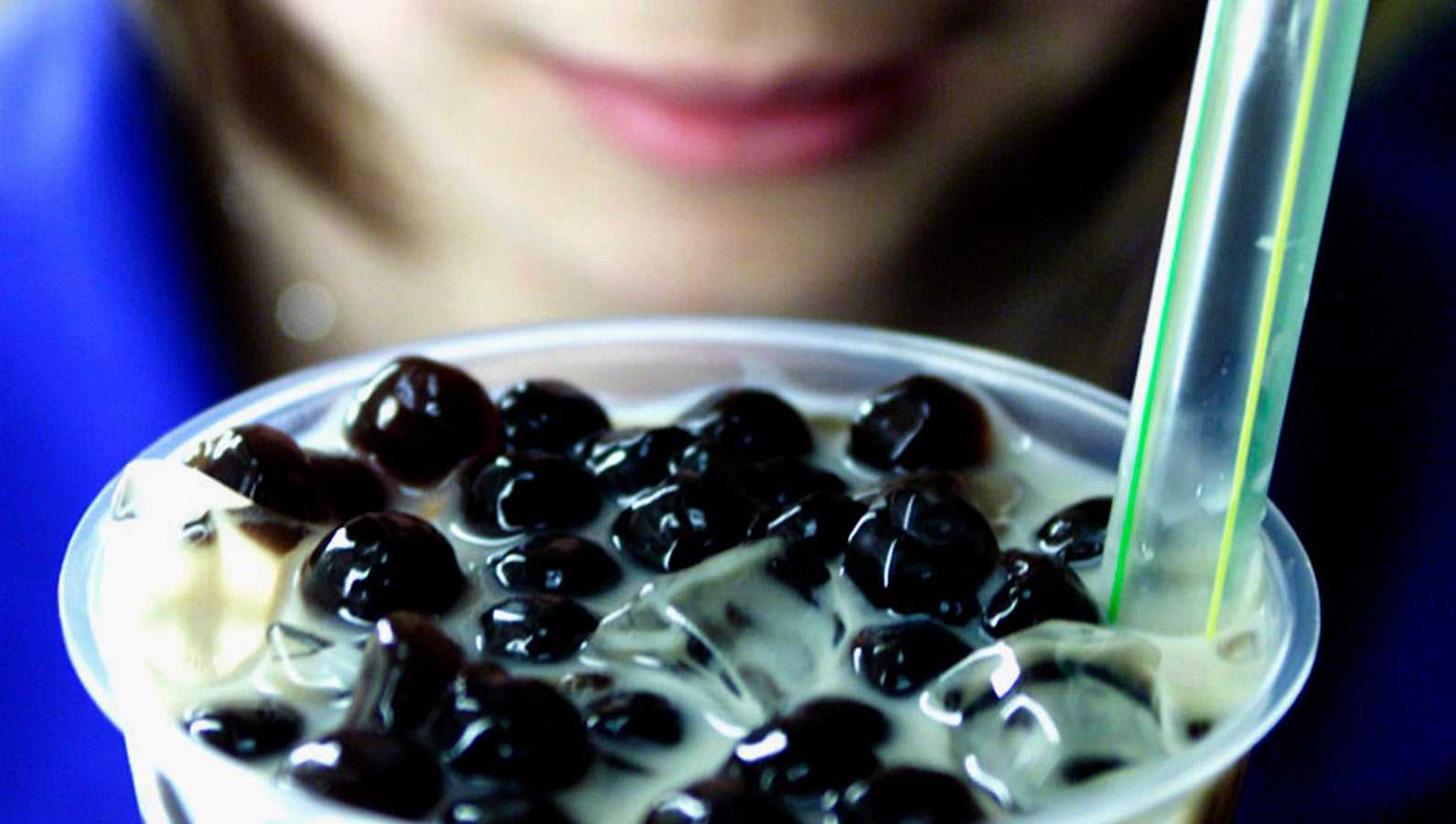A history of the New York Times discovering “exotic foods”
Boba tea is a beverage that people drink sometimes, and the New York Times is on it. The paper of record was widely criticized today (August 16) for publishing an article that framed bubble tea—a beverage created in Taiwan 30 years ago that is popular throughout Asia, as well as the coastal US—as an exotic trend baffling the American mainstream. The print headline reads: “The Blobs In Your Tea? They’re Supposed to Be There.”


Boba tea is a beverage that people drink sometimes, and the New York Times is on it. The paper of record was widely criticized today (August 16) for publishing an article that framed bubble tea—a beverage created in Taiwan 30 years ago that is popular throughout Asia, as well as the coastal US—as an exotic trend baffling the American mainstream. The print headline reads: “The Blobs In Your Tea? They’re Supposed to Be There.”
Critics like Los Angeles Times writer Frank Shyong were offended by the article’s underlying assumption—that the US “mainstream” means white people, and that foods and customs from non-white cultures are necessarily “niche” and “exotic.” The Times was also taken to task for using the antiquated term “the Far East,” for using the word “blobs” to describe the tapioca balls and bits of jelly found in boba tea, and for suggesting that the drink is strange and confusing to customers.
The Times has since revised the article to address some of these criticisms, including changing the headline to “Bubble Tea, Long a Niche Favorite, Goes Mainstream in the US” and later to “Bubble Tea Purveyors Continue to Grow Along with Drink’s Popularity.” Times business editor Ellen Pollock also responded to the fallout, saying readers’ complaints “have merit. In retrospect, we wish we had approached the topic differently (if at all). There may be a story in the expansion of bubble tea businesses in the United States, but there is no denying the drink has been around for quite a while.”
But the Times, like many publications, has a long tradition of marveling—often breathlessly and belatedly—at the very existence of foods from non-white or non-American cultures. Here are a few illustrative examples from its archives.
Invented in Japan in: the 19th century
Discovered by the Times in: 2004
Choice quote: “‘Ramen?’ you ask. ‘That plastic-wrapped block of dry noodles and powdered soup?'”
Invented in Korea in: …a very long time ago?
Discovered by the Times in: 1999
Choice quote: ”This pickle, the soul of Korean food, may be familiar to New Yorkers from salad bars.”
Invented in Vietnam in: the 1950s
Discovered by the Times in: 2009
Choice quote: “They are so rich in history, complex in flavor and full of contradictions that they make other sandwiches look dumb.”
Invented in Argentina in: the 1990s
Discovered by the Times in: 2015
Choice quote: “The mix may bewilder in Italy, where fernet is still taken in the traditional manner as a digestif, mainly by older crowds. Sometimes, Italians add a drop to their espresso before work.”
Invented in Vietnam in: the early 20th century
Discovered by the Times in: 2003
Choice quote: ”Huu Ngoc, a social historian, sees it as a symbol of the national fight for self-determination: even in the darkest times, when the wars against the French and Americans were going badly, the Vietnamese were always free to express themselves by making and eating pho, their own culinary creation.”
The upshot
It’s not a problem for the Times and other publications to write about food from a wide range of cultures. That’s great! The problems arise when writers—particularly white writers—start “Columbusing“; that is, when they suggest they’re discovering a food that has in fact been around for a very long time, and treat the food item as something bizarre or exotic. As Shyong notes, if the media wants to avoid falling into this pattern, hiring a more diverse newsroom would go a long way.
Kira Bindrim, Nikhil Sonnad, Thu-Huong Ha, Feli Sanchez, and Amy X. Wang contributed reporting to this story.